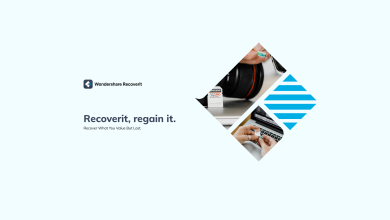Netflix Teach Us about Artificial Intelligence

When it came to content management, Netflix was well aware of the challenges. Every day, the organization deals with massive volumes of data and is under pressure to deliver the right information to each consumer. I love using my grade calculator. Publishers of educational materials confront comparable challenges. These publishers can learn a lot from Netflix’s approach to these problems. I love using my college GPA calculator.
To create and deploy its popular customized recommendations function, Netflix made a considerable investment in artificial intelligence. It assesses what customers have viewed and appreciated before searching Netflix’s database for related material. Users are then provided with the new material in a way that makes it simple for them to discover new stuff to like. I love using my high school GPA calculator.
According to Netflix, this function saves the corporation 1 billion dollars in lost memberships each year. It also believes that tailored suggestions, rather than searches, account for around 80% of what a typical user views. To put it another way, Artificial Intelligence has enabled Netflix to achieve a balance between offering consumers the flexibility to pick while also decreasing “decision stress.”
So, what can content managers learn from Netflix in the publishing industry? Here are three ways Netflix profited from AI, as well as how educational publishers might follow in their footsteps.
1. Think Large.
Implementing Artificial Intelligence technology is difficult, and installation costs a lot of money. However, perceiving AI as a long-term investment with great potential to enhance profitability, rather than a short-term cost-cutting solution, is critical to its success. Netflix’s AI investment was successful because it was large. Spending millions of dollars and many development hours with no guarantee that it would pay off required a leap of faith.
Netflix, on the other hand, has reaped significant benefits from AI. Because an AI infrastructure is currently in place, the firm is prepared to continue adding AI components. The business can now quickly adjust to future technological advancements.
Publishers will profit from employing Artificial Intelligence to update their content delivery in the same manner. It’s conceivable to start with a simpler method that identifies instructional material information, therefore delaying AI deployment should no longer be an option.
2. Concentrate on the End-Users.
Netflix’s AI adoption was centered on improving the end-user experience, which enabled them to become the most mainstream entertainment provider.
Educational publishers’ end consumers are often school district staff and students, both of which depend on technology more than ever before. Although the need for smart content management services keeps on growing, publishers continue to refuse to invest in AI technology that would benefit their end customers.
Publishers would be able to make the best decisions about how they spend their efforts and time if they invested with the end users’ demands in mind.
3. Make a Strategy Plan.
Netflix did not go into their AI adoption without a plan. Before making big expenditures, it spent years researching customers. When it comes to Artificial Intelligence, publishers must follow suit. Strategic planning will aid in persuading executives of AI’s intrinsic worth and dispelling related worries.
Publishers will see substantial returns on their AI investments if they study and implement Netflix’s approach to AI.





